At Tapas, we celebrate the completion of the first term of school with an entirely child-led exposition called Summit Of the Minds.
The exposition is facilitated by the students from start to finish. Learner-led exposition builds up the students’ sense of responsibility and accountability whilst also honing their communication skills.
It enables them to have a deeper understanding of what it means to meet learning targets.
The Benefits of Learner-Led Exposition
- Students actually show parents what they know and are learning in school.
- Parents are exposed to materials and activities that students engaged in during the school day which helps them gauge actual progress.
- Teachers can observe interactions, comment, offer suggestions, and model strategies.
- Students, parents, and the teacher are all active participants in the conference.
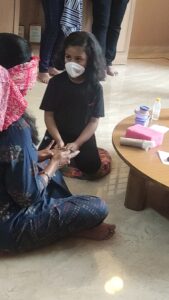
At Tapas, we believe that Learner-led Expositions are an important way to engage learners with understanding and taking ownership of their learning.
We also believe that these expositions help us build better communication and stronger relationships with the families of Tapas.
Parents and family members are critical partners in helping support the child’s learning and growth.
The long winding road to the Summit!
The learners started with actively participating and deciding how the presentation of the topic will be done. They made a game out of it, used charts, made videos, and planned experiences/activities for parents to do.
The facilitators gave a few ideas, to begin with, and welcomed the learners to plan them.
The facilitators’ role was only to guide the learners and keep reminding them of the purpose gently and subtly.
The learners initiated planning the event as well.
Starting from where the presentations can happen, the invite design, right up to putting up signs, and all the way to feedback forms.
As can be imagined, Tapas was abuzz with the learners’ voices, more than usual.
Here are some anecdotes to give you an insight into how the days leading up to the summit looked.
Role Allocation:
The ease with which the learners allocated roles to each other, segregated the responsibilities, and organized themselves into groups, left us amazed!
There were the roles of head of operations, designing, creativity, and more. Each ‘Head’ would convene ‘secret’ meetings, secret because they had requested the facilitators to stay out of it!
The most remarkable observation was to see learners don the hat of a leader for one of the duties and happily transition to a team player for another.
We kept hearing the term ‘Boss’ quite often when they would refer to the head of that duty.
Hygiene:
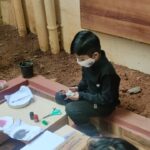
One of the learners approached the facilitator two days before the event.
And asked if they could do the morning routine of sanitizing and entering student details, as they wanted to practice doing it for the SOTM.
This incredible foresight was that of a learner, all of 8 yrs old!
The same student, when they observed that it was time-consuming for them to write every name on the day of dry run, they improvised and asked the visitors to write their name themselves. Aha!
Personalized Invites
Each child made invitations to all the people they wanted to invite. Here’s a peek.
Day of the Summit
The learners decided that the parents would be divided into two batches so that they could enjoy each presentation without crowding.
When one of the learners was nervous to present, another helped them saying “you need to do the presentation or else, your parents would take you out of tapas as they would think, you didn’t learn anything from school, and then we cannot be friends anymore”
One of the learners had not planned to make every parent do the activity he was demonstrating. He observed the first few presentations of his friends, where he noticed how the parents were participating.
He improvised on the spot and during his presentation, made every parent experience his learning.
After presenting their learning to two batches of parents, the learners quickly donned their costumes for the art presentation.
Their confidence shone through every step, every expression and radiated throughout the art village!
Post Summit
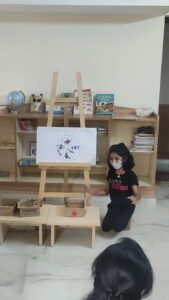
Learners have been implementing Austin’s butterfly technique of giving and receiving feedback, practicing ‘be specific, be kind and be helpful.’
Feedback is a large part of how learning happens at Tapas. The Monday after the Summit, it was time to get them to share their thoughts about the Summit.
The learners each shared what they felt went really well and also one area that they felt could have been better.
We heard ‘some of the students were making noise after their presentation, that has to be avoided’, ‘everyone presented with confidence’ and much more.
The learners also reviewed the feedback that the parents had given after the summit. Among the post its, most had words of motivation like ‘good job’, ‘great work’, etc.
The learners looked at this and said ‘this is not good feedback’.
We were stunned, it seemed like great reviews from the parents, so why were the learners not happy? They explained their thinking, that these forms of reviews did not qualify as good feedback as they weren’t helpful and nor specific though they were kind.
The learners found one post it with ‘Children can use role-play as a means of presentation next time’.
They all unanimously agreed that this was ‘Good Feedback’!!
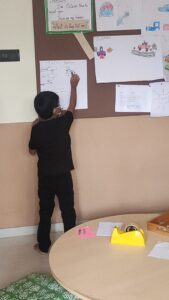
When we look back at this experience, we believe that we set out with a few skills that we felt the learners would gain.
The learners taught us that, if any activity is child-led, the learning is far greater than any that can be planned by an adult! Look, we are learning too and we are grateful to our young learners for teaching us with such patience ☺
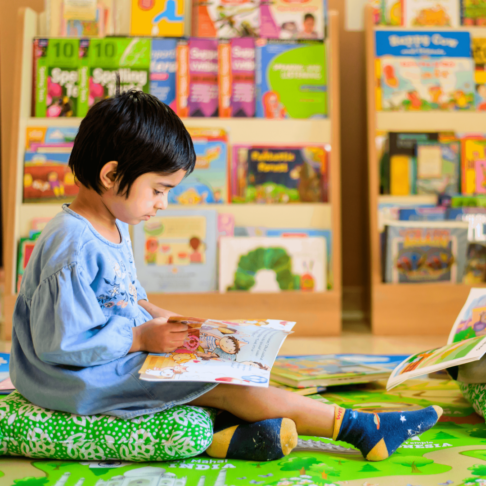
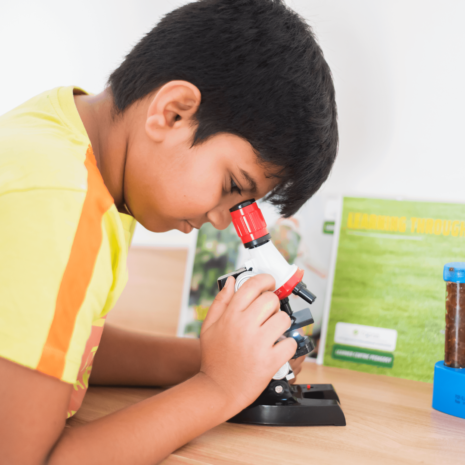
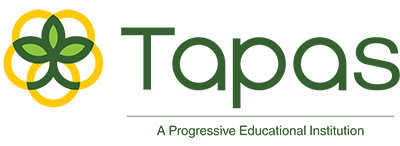
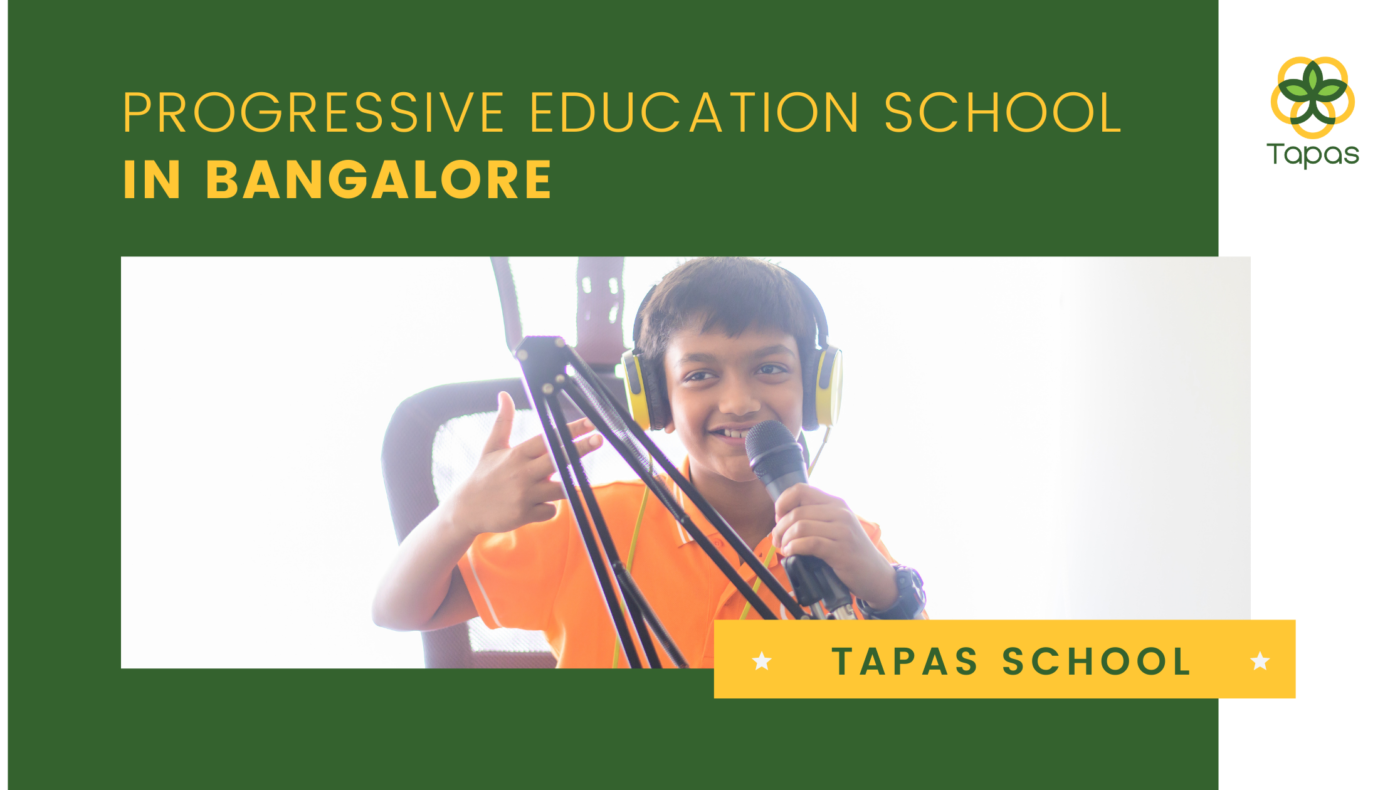
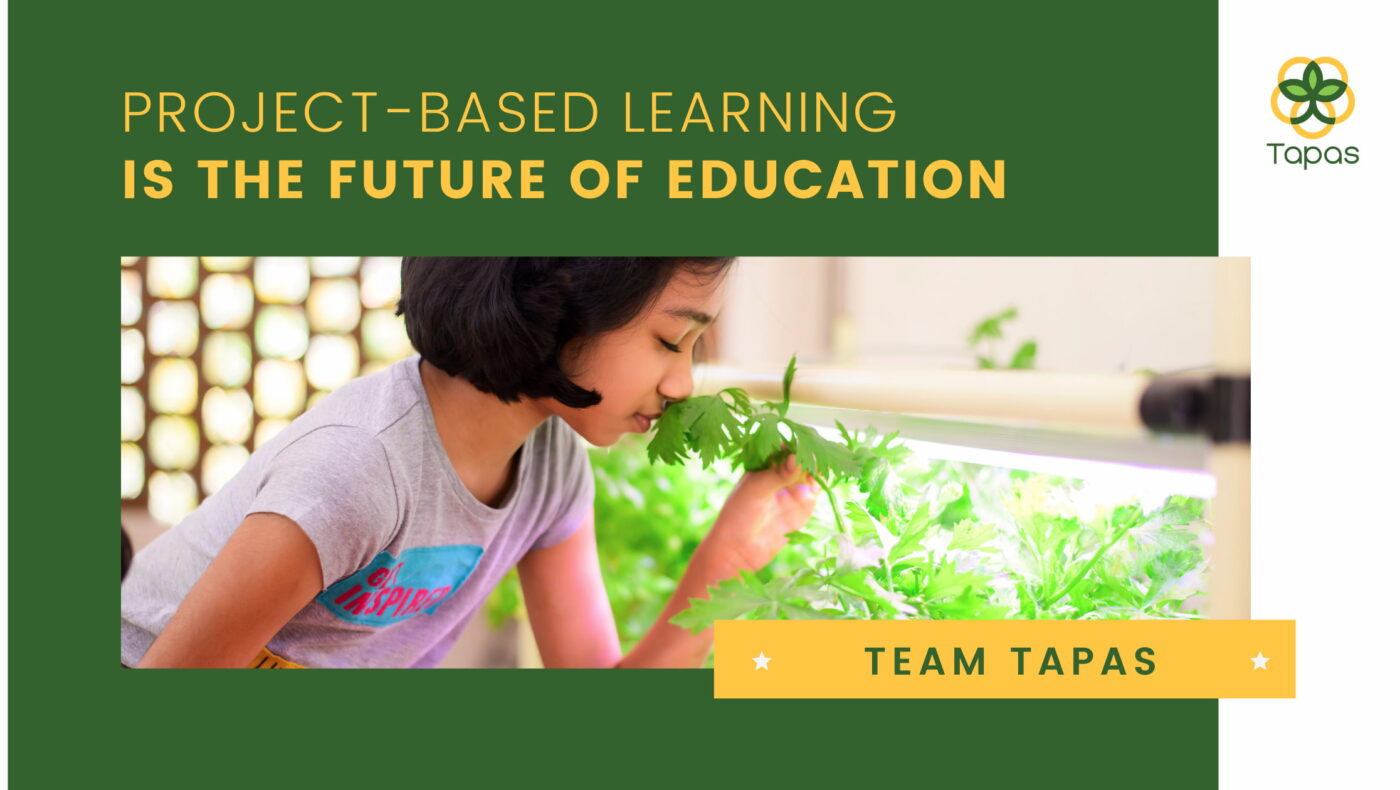



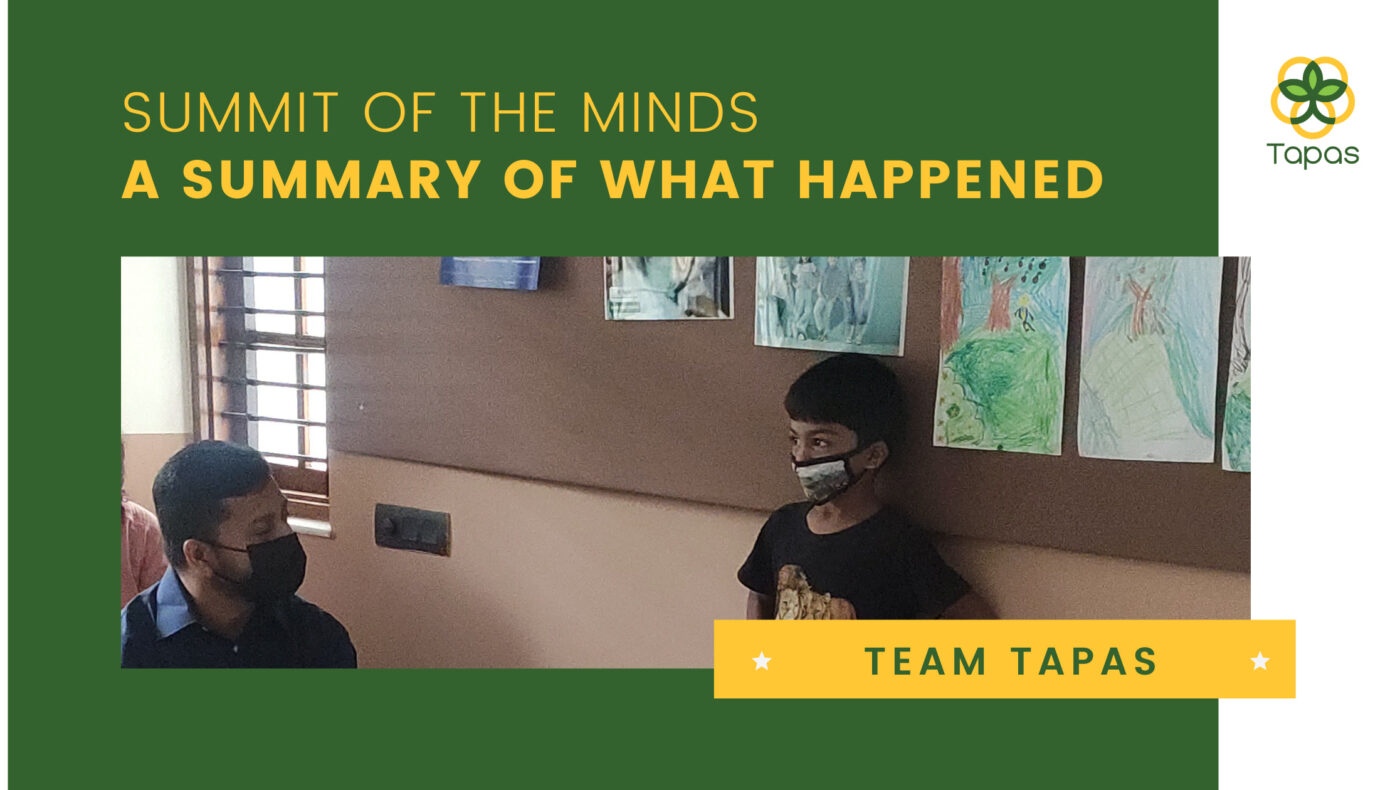




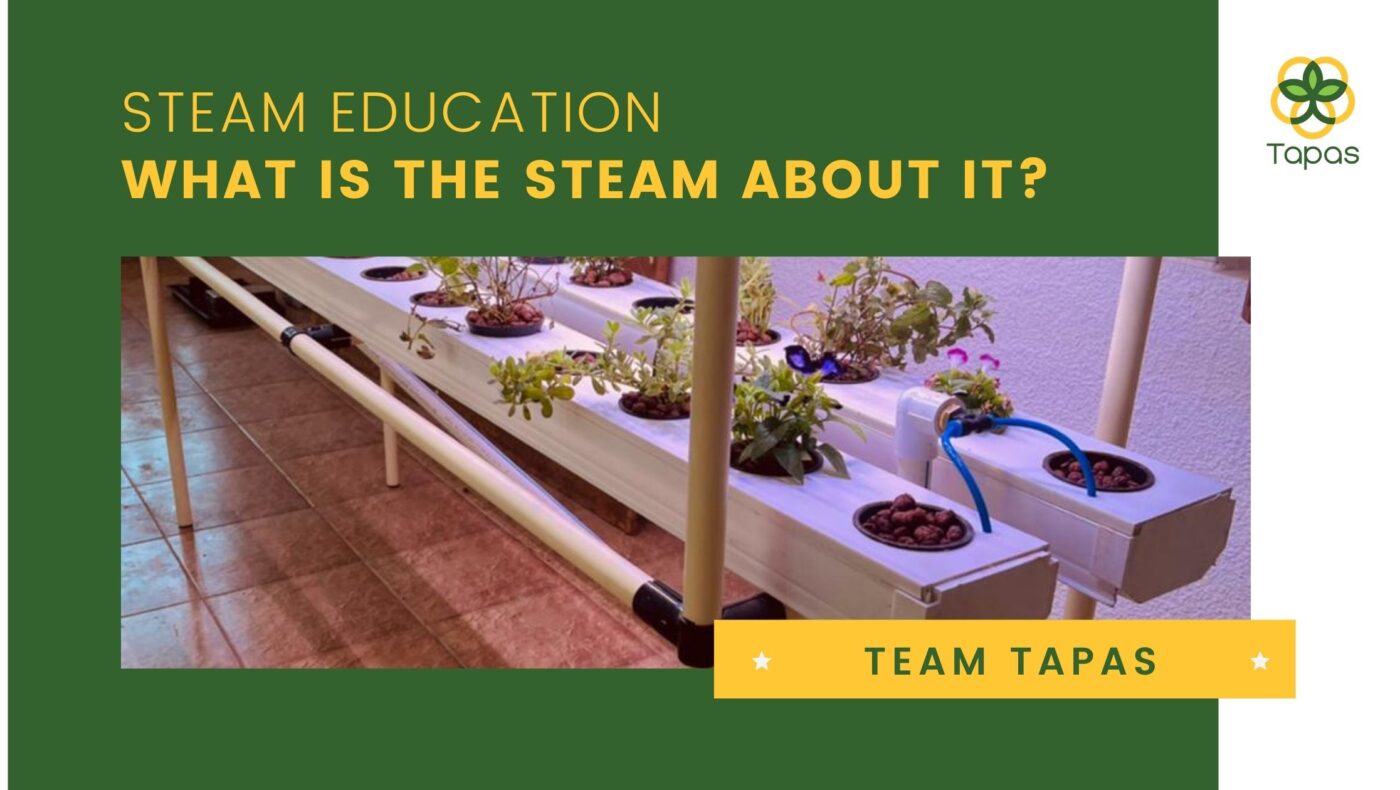
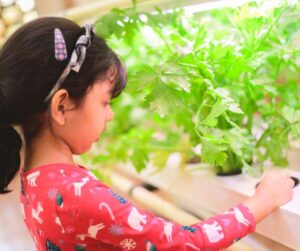
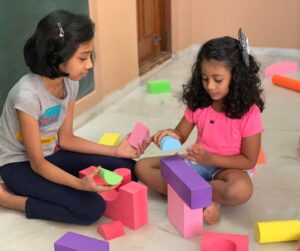







 This is a Guest Post By Ms. Padma
This is a Guest Post By Ms. Padma